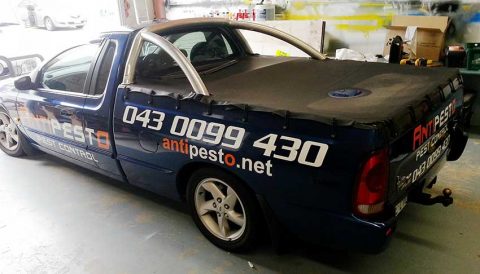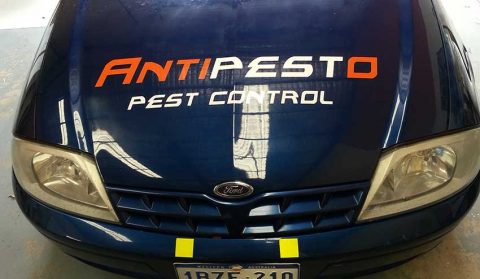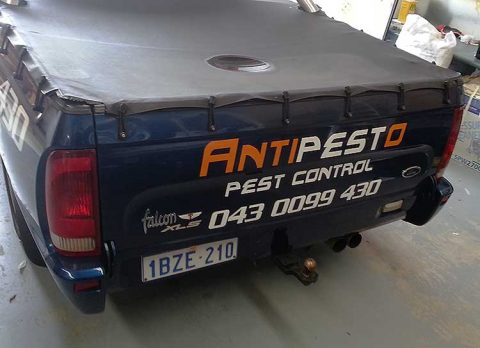When it comes to using vinyl lettering on vehicles, there’s really only one option. While there are several grades of vinyl available, with the most common types being cast, polymeric calendered and monomeric calendered, a little research shows it’s just one type to use.
The names refer to the manufacturing process. Cast vinyls are, as the name suggests, cast onto a roll. Once cut into shapes, they lay very flat, and due to being thinner, they are easily conformable to irregular shapes.
Polymeric and monomeric calendered vinyls use the first name to signify the type of plasticiser used in the vinyl. Plasticiser is an oil which gives PVC its flexibility. Without it, PVC would end up like PVC pipe – solid. Thus, there are polymeric plasticisers and monomeric plasticisers. Polymerics take longer to break down and last longer, while monomerics are cheaper to manufacture but don’t last as long. Monomerics are also thicker.
Both monomeric and polymeric vinyls are calendered, which means extruded. This extruding, or stretching, makes the vinyl thinner, but when it’s cut, it wants to go back to its original shape, which is why you see vinyls curled up at the edges when they get old.
From the above, you can probably deduce that it’s best to use cast vinyl on vehicles. Cars get hot and so will bake the vinyl on. The last thing you want is all the edges lifting, so cast is the way to go.
Here at Perth Graphics Centre, we only use cast on cars and in fact on most things. The Antipesto vehicle you can see above uses cast vinyl, and it will see many years of use.
You can be confident that your signage will last when you use Perth Graphics Centre.



